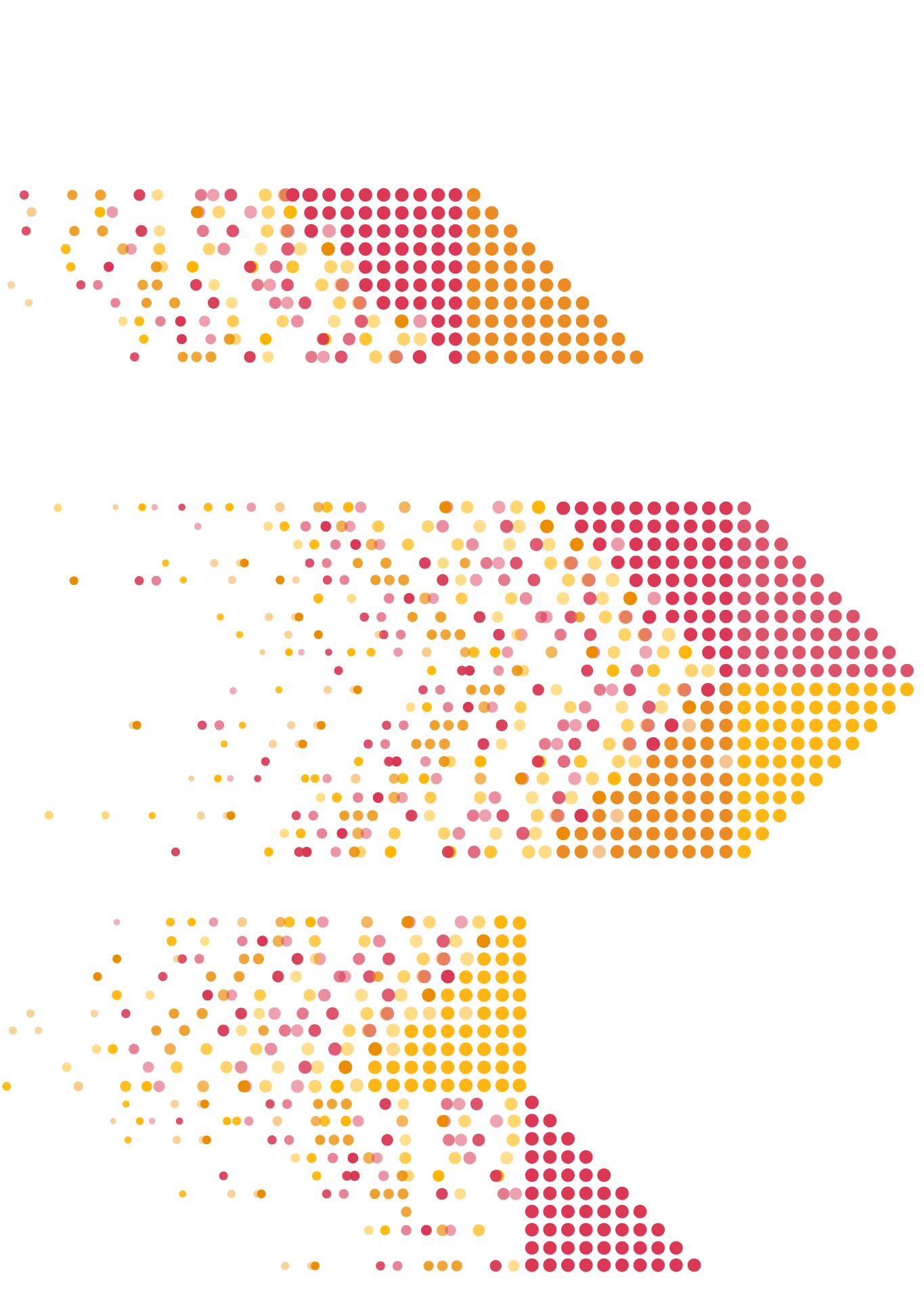

Building sustainable GenAI ROI in insurance
Generative AI in insurance is showing slow ROI. Real gains need data upgrades, clear KPIs, and a clear long-term strategy.
The generative AI (GenAI) wave arrived in 2023 with questions of how and when the game changing possibilities it promised — efficiency gains, cost reductions, customer service enhancements — would manifest.
It’s obvious that GenAI is here to stay, and the GenAI discourse brings with it the experiences, battle scars and lessons learned from the broader AI wave that has swept through insurance in recent years. Carriers are already very familiar with the transformative potential of digital solutions and AI, and they’re considering how the compounding innovation of GenAI can transform fundamental business functions and processes. The insurers out in front are establishing leading practices to address these questions by focusing on how to reinvent their processes in order to leverage GenAI’s unique capabilities, driving tangible outcomes across the insurance value chain.
In PwC’s 27th Annual Global CEO Survey, CEOs from all industries, including insurance, validated these perspectives. Indeed, 70% told us they believe GenAI will significantly change the way their companies create, deliver and capture value. To anticipate those changes, 31% of CEOs indicated that their companies have already changed their technology strategies because of GenAI.
And these CEOs were generally optimistic, with 58% indicating that GenAI will improve the quality of their company’s products or services within the next 12 months, and 64% believing that generative AI will enable an efficiency increase of at least 5% for their employees’ time at work during that same timeframe.

Considering GenAI’s increasingly practical use cases, what does the coming year hold in store for insurers and what steps are leading carriers taking to effectively promote an AI-enabled future?

These predictions just scratch the surface of where and how GenAI will impact insurers in 2024. Carriers are at various stages of their GenAI transformations, with some defining strategic visions and others zeroing in on key capabilities and solution designs. Now that GenAI’s capabilities are becoming clearer, insurers are starting to make corresponding investments in five key areas:
Regardless of where your organization currently is, understanding how GenAI can help you, anticipating where you want and need to go and choosing the right partners to help you get there will pay off in 2024 and beyond.

PwC's Rima Safari, Logan Richter and Marie Carr contributed to this report.


Generative AI in insurance is showing slow ROI. Real gains need data upgrades, clear KPIs, and a clear long-term strategy.


Explore PwC’s AI predictions with actionable strategies, industry insights, and trends shaping AI’s role in business transformation for 2025 and beyond.


Organizations at the forefront of generative AI adoption address six key priorities to set the stage for success.


What security, privacy, internal audit, legal, finance and compliance leaders need to know to harness trusted generative artificial intelligence.